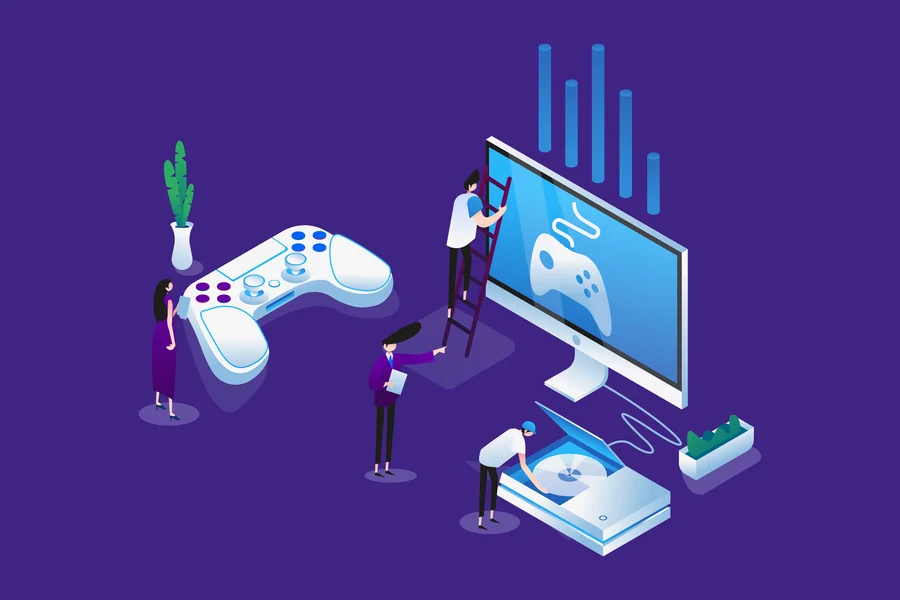Web game development is an exciting field that allows developers to create games that are playable directly in a browser—no downloads or installations required. Whether you’re a coding novice or looking to expand your skill set, getting started with web games is more accessible than ever.
- Understand the Basics
To start, you’ll need a solid grasp of three core web technologies: HTML (structure), CSS (styling), and JavaScript (logic). Together, these tools allow you to build and control game elements, animations, user interfaces, and interactivity. - Choose Your Game Type
Are you building a puzzle game, a platformer, or a multiplayer shooter? The type of game you choose will influence your tools and development path. Starting with a simple 2D game is often the best way to learn the fundamentals. - Learn a Game Framework
JavaScript game engines and frameworks can significantly streamline development. Popular choices include:
- Phaser.js: Great for 2D games with built-in support for physics, animations, and input.
- p5.js: Good for visual and interactive art, with a simplified syntax.
- Three.js: Ideal for 3D games and WebGL-based rendering.
- Set Up Your Development Environment
You don’t need expensive tools to begin. A simple code editor like Visual Studio Code, combined with a browser (like Chrome), is enough to start. Use Git for version control and optionally host your project on GitHub. - Focus on Core Game Mechanics
Before diving into advanced features, nail down your game’s basic mechanics—movement, collisions, scoring, and feedback. Polish these elements to ensure smooth, fun gameplay. - Keep Assets Lightweight
Since web games run over the internet, performance matters. Use optimized images and sound files. Compress assets and minimize dependencies to reduce load times. - Add User Interface Elements
Menus, score displays, start/restart buttons, and instructions should be clean and intuitive. HTML and CSS work well for static UI, while canvas-based drawing suits dynamic elements. - Test and Debug
Test frequently across browsers and devices. Use browser developer tools to inspect elements, track performance, and fix bugs. Automated testing tools like Jest can also help catch errors. - Share and Get Feedback
Once you have a prototype, share it with friends, forums, or platforms like Itch.io. User feedback is invaluable in identifying issues and enhancing gameplay. - Keep Learning
Game development is a constantly evolving field. Follow blogs, YouTube tutorials, and online courses. Try building clones of simple games (like 82 Lottery ) to deepen your understanding.
Conclusion
Web game development is a rewarding journey that blends creativity with technical skill. With just a browser and a code editor, you can start building games today. By mastering the basics and experimenting regularly, you’ll gain the confidence to bring your gaming ideas to life and share them with the world.
Web game development is an exciting field that combines creativity and coding to build interactive browser-based games. To get started, you’ll need basic knowledge of HTML, CSS, and JavaScript. These core web technologies power game visuals, mechanics, and interactions. Frameworks like Phaser or Three.js can speed up development and add advanced features. Tools such as code editors (like VS Code) and web browsers for testing are essential. Whether you’re creating simple 2D games or immersive 3D experiences, understanding game loops, asset loading, and event handling is key. Start small, practice consistently, and level up your game development skills!



